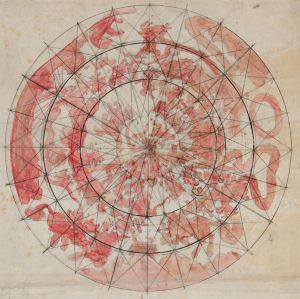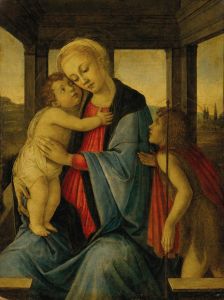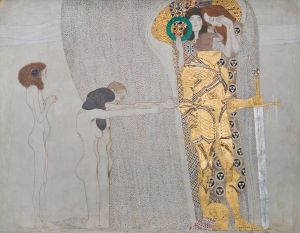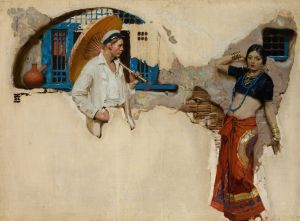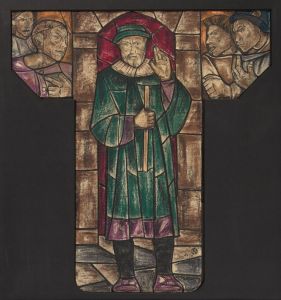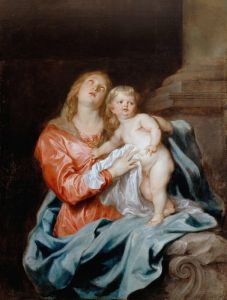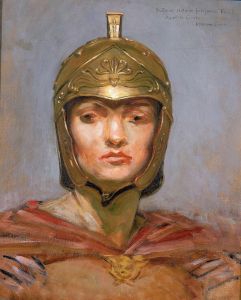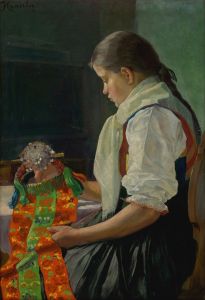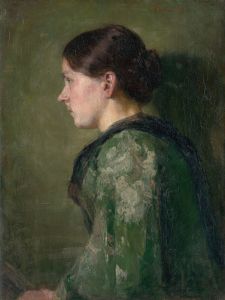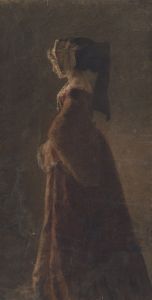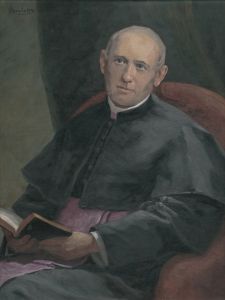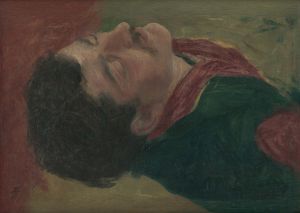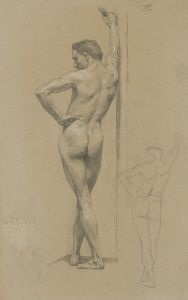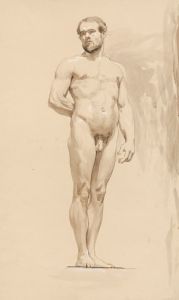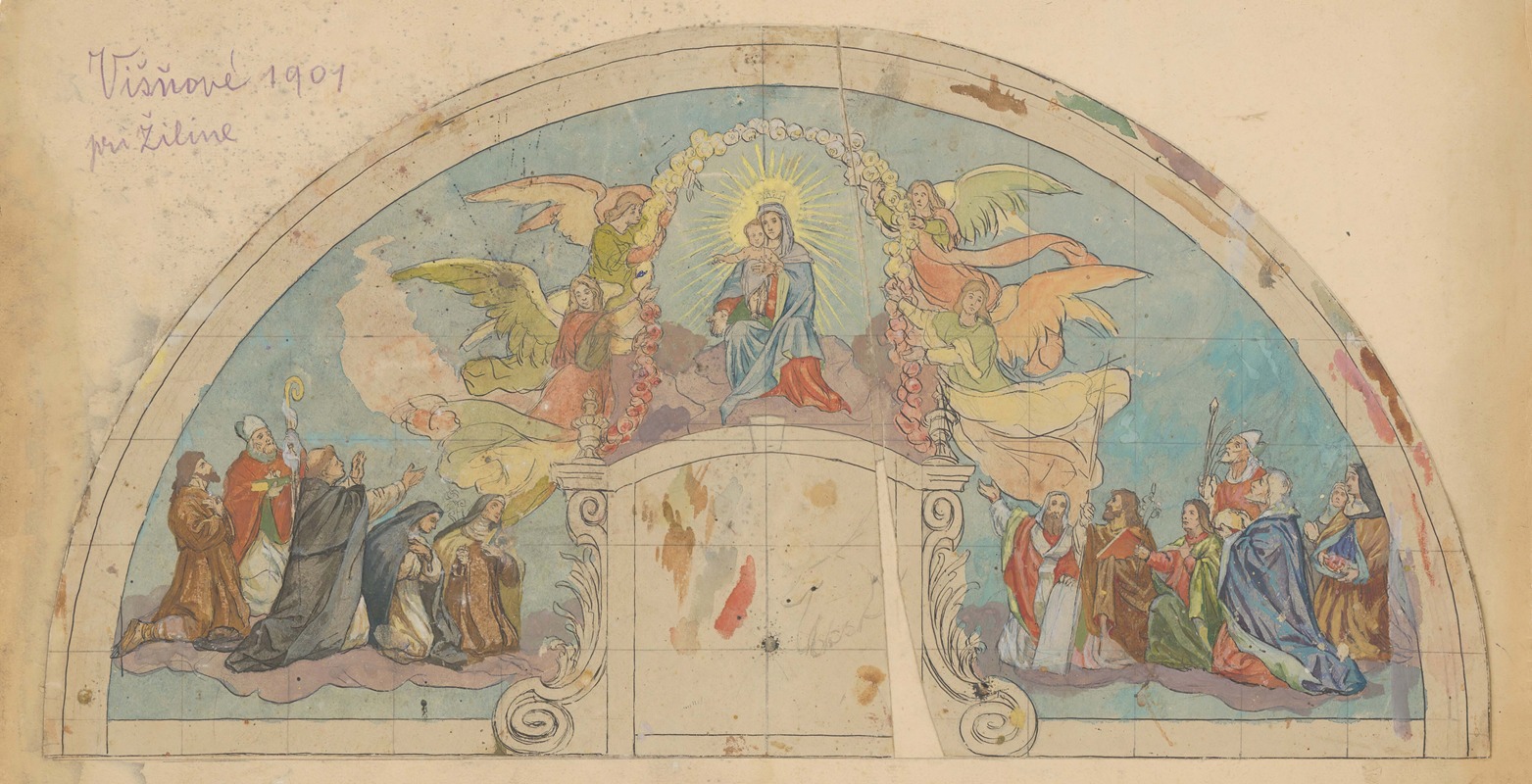
Madonna and Child, Mural Design of a Church in Višňové
A hand-painted replica of Jozef Hanula’s masterpiece Madonna and Child, Mural Design of a Church in Višňové, meticulously crafted by professional artists to capture the true essence of the original. Each piece is created with museum-quality canvas and rare mineral pigments, carefully painted by experienced artists with delicate brushstrokes and rich, layered colors to perfectly recreate the texture of the original artwork. Unlike machine-printed reproductions, this hand-painted version brings the painting to life, infused with the artist’s emotions and skill in every stroke. Whether for personal collection or home decoration, it instantly elevates the artistic atmosphere of any space.
Jozef Hanula was a Slovak painter known for his contributions to religious art in Slovakia during the late 19th and early 20th centuries. One of his notable works is the mural design titled "Madonna and Child," located in a church in Višňové, a village in Slovakia. This piece exemplifies Hanula's dedication to religious themes and his ability to integrate traditional Christian iconography with local artistic sensibilities.
Hanula was born in 1863 in Liptovské Sliače, Slovakia, and studied at the Academy of Fine Arts in Munich, which was a significant center for art education at the time. His education in Munich exposed him to various artistic movements and techniques, which he later incorporated into his works. After completing his studies, Hanula returned to Slovakia, where he focused on creating art that resonated with the Slovak cultural and religious identity.
The "Madonna and Child" mural in Višňové is a testament to Hanula's skill in mural painting and his commitment to religious art. This work is characterized by its serene depiction of the Virgin Mary holding the infant Jesus, a common theme in Christian art that symbolizes purity, love, and divine grace. Hanula's interpretation of this theme is marked by a gentle and compassionate portrayal of the figures, reflecting his deep religious faith and his desire to inspire devotion among the viewers.
The mural is painted in a style that combines elements of realism with a subtle use of color and light, creating a harmonious and uplifting atmosphere within the church. Hanula's attention to detail and his ability to convey emotion through facial expressions and body language are evident in this work. The figures are rendered with a softness that enhances their spiritual presence, inviting contemplation and reverence.
Jozef Hanula's contribution to the church in Višňové is part of a broader body of work that includes numerous altarpieces, frescoes, and other religious paintings throughout Slovakia. His art played a significant role in the cultural and spiritual life of Slovak communities, particularly during a time when national identity and religious expression were closely intertwined.
In addition to his religious works, Hanula was also involved in the Slovak national revival movement, which sought to promote Slovak culture and heritage. His art often reflected themes of Slovak folklore and history, further cementing his legacy as an artist who bridged the gap between religious devotion and national pride.
Jozef Hanula passed away in 1944, but his works continue to be appreciated for their artistic merit and cultural significance. The "Madonna and Child" mural in Višňové remains an enduring example of his dedication to creating art that speaks to the spiritual and cultural values of his time. Through his murals and paintings, Hanula left a lasting impact on the religious and artistic landscape of Slovakia, making him a revered figure in the history of Slovak art.





